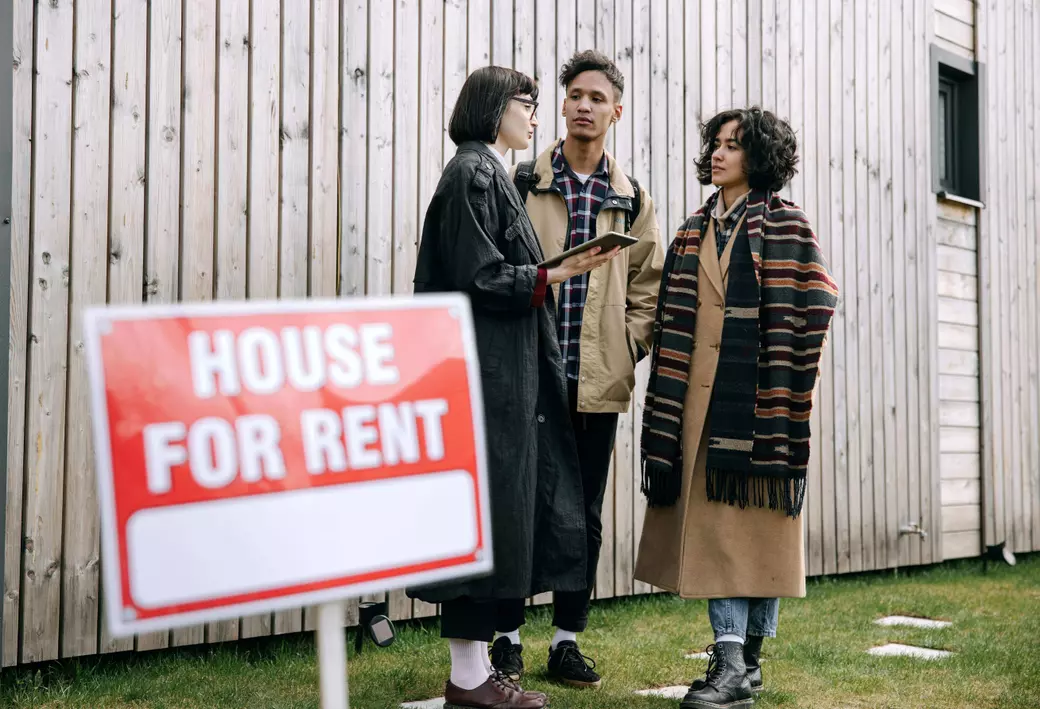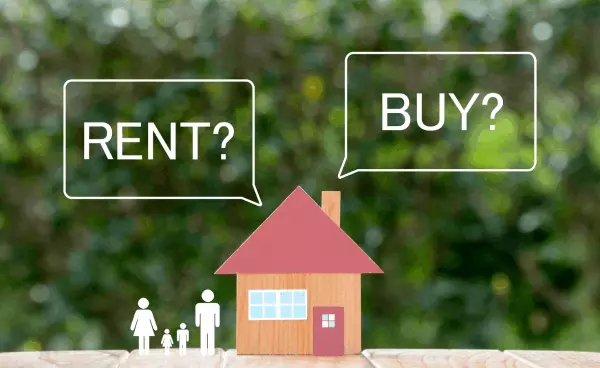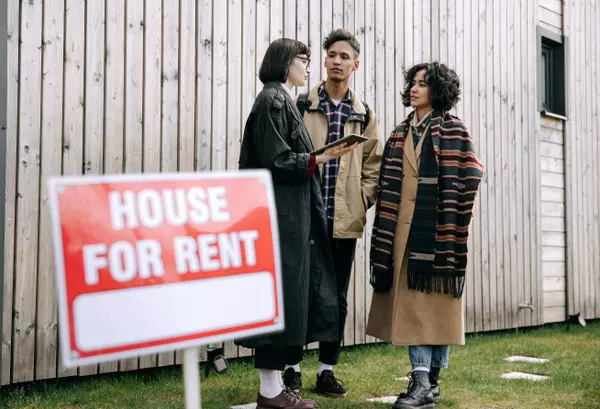San Diego’s Short-Term Rental Market: Opportunities and Regulations

San Diego’s short-term rental (STR) market isn’t just booming—it’s evolving. With nearly perfect weather, a constant influx of visitors, and a competitive housing landscape, this city continues to be a magnet for short-term rental investments. But before you list your property on Airbnb or VRBO, there’s more to consider than just nightly rates and occupancy.
Whether you're a seasoned investor or a homeowner thinking about turning your space into a money-maker, here's what you need to know in 2025.
The Upside: Opportunities in San Diego's STR Market
1. Strong Demand + Healthy Revenue
San Diego remains one of the most visited cities in California, and that’s translating into serious income potential. As of March 2025, the city had 10,781 active short-term rentals, with the average daily rate sitting at $310. That adds up to an impressive average annual revenue of $54,618 per property.
2. Solid Occupancy Rates
An occupancy rate of 55% may not sound sky-high, but it represents steady, dependable income—especially in a market where demand is seasonal and competition is fierce. For well-managed properties in desirable neighborhoods, the numbers can be even better.
3. High-Growth Neighborhoods
Want the inside edge? Neighborhoods like Normal Heights and University Heights are emerging as STR goldmines. Their walkability, charm, and central location make them top picks for travelers and high-return areas for owners.
The Catch: Regulations Every Host Must Know
San Diego isn’t the Wild West when it comes to short-term rentals. The city has cracked down in recent years to balance tourism with housing needs—and that means you need to play by the rules.
1. Mandatory Licensing
To operate legally, all STR hosts must comply with the Short-Term Residential Occupancy (STRO) Ordinance. As of May 2025, the city had issued 8,038 licenses, divided into four tiers depending on whether you’re renting part of your home, the entire home, or operating on a limited basis.
2. Cap on Whole-Home Rentals
San Diego is now enforcing a 1% cap on whole-home STR licenses (excluding Mission Beach, which has a separate 30% cap). This makes securing a license more competitive and highlights the need for strategic planning before you invest.
3. Transient Occupancy Tax (TOT)
As of May 1, 2025, the TOT rate has increased. While the guest pays the tax, hosts are responsible for collecting and remitting it properly. This makes accurate bookkeeping and tax compliance non-negotiable for every STR owner.
What Buyers and Sellers Should Consider
Before jumping in, here are three smart moves:
- Verify Zoning: Not all properties qualify for STR use. Always confirm local zoning laws before purchasing or listing.
- Plan for the Long Game: Profit margins can be great—but only if you factor in licensing costs, taxes, and vacancies.
- Stay Compliant: City rules can and do change. Bookmark the City of San Diego’s official STR page and check for updates regularly.
Thinking of Buying or Selling a Short-Term Rental?
San Diego’s STR market offers serious opportunity—but only if you know how to navigate it. Whether you’re buying your first investment property or selling a home with STR potential, local expertise makes all the difference.
Hi, I’m Katie Bean, a real estate expert with 17 years of experience in San Diego. Whether you’re debating renting or buying, I can help you weigh the financial pros and cons to find what fits your lifestyle best.
Follow me on Instagram https://www.instagram.com/katiebean_realestate/ for practical advice and market updates to guide your housing decisions!Categories
Recent Posts










GET MORE INFORMATION

